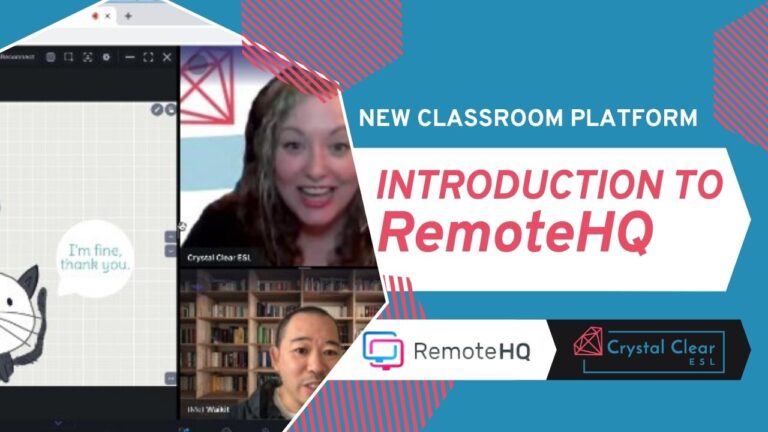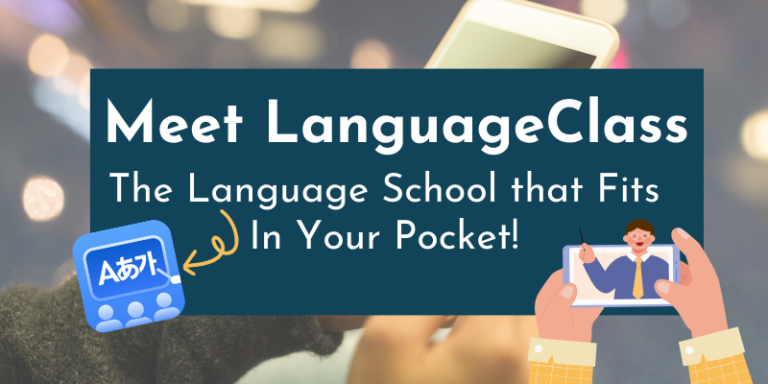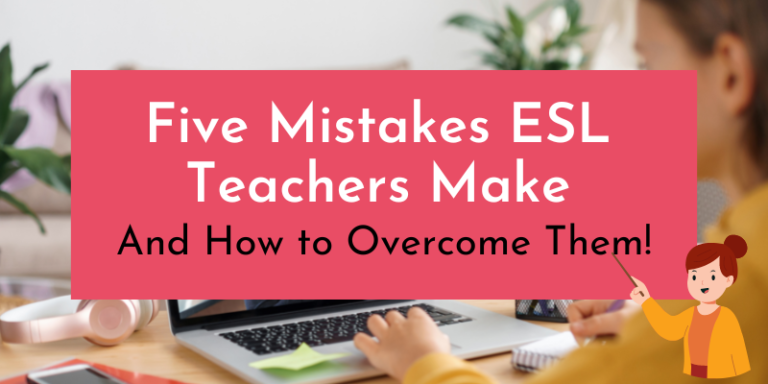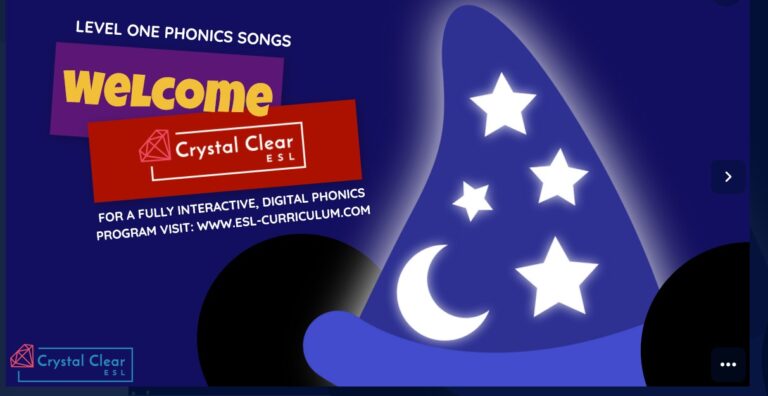7 Steps to Find Your USP as an Independent Teacher by Lauren Martin
Did you know there are around 12 million English language teachers worldwide?
Yep, that many. And every day, more and more are leaving schools to start their own tutoring businesses. Don’t panic — I’m not saying that to scare you (promise!). With 2 billion people learning the language, there are plenty of students around.
The challenge lies in convincing them to choose you. Because this takes more than displaying your qualifications and advertising lesson spaces. If you’re wondering how on earth to do that, you’re reading the right article. Here’s how to find your unique selling proposition as an independent teacher.
What is a unique selling proposition?
A unique selling proposition — or USP for short — is a short, snappy sentence that describes what makes you different from your competitors. It’s the reason why a student should choose you over anyone else. A USP might sound like some super high-level marketing strategy stuff reserved for big tutoring companies with big teams. But the truth is, it’s a process you can take yourself through in just a few hours.
And trust me — doing so will help you create better content and attract the perfect students.
So, are you ready to define your independent language teacher USP?
1. Understand your ideal students
Almost every bit of advice I share starts with this point, but that’s only because it’s the most important part of all your marketing efforts.
Before you can figure out what makes you different, you need to know who you’re speaking to. So, if you haven’t already got a crystal clear idea of who your ideal students are and what they want, start by finding out.
Chat to your students, browse Facebook groups and run surveys to gather information on:
💡 Why they’re learning English?
💡 What they hope to achieve with English?
💡 What challenges are stopping them from reaching their goals?
💡 What other services they’ve tried, and why they haven’t worked?
This will give you the first clue as to what the market’s missing and how you can solve their problems better than anyone else.
Need a hand with this? Check out this article for tips on how to do market research and what questions to ask.
2. Check out your competitors
Finding your USP is about pinpointing the magic thing you offer that no one else in your niche does. It could be your approach, your personality, or a feature you use to teach. Whatever it is, there’s only one way to find out: by analysing the competition.
Start by making a list of all the teachers or businesses you know who work with a similar group of students to you. Then, browse their websites and social media, taking note of:
Their main messages
Their pricing/market positioning
Their strengths and weaknesses
The benefits and features of their offer
The problems they’re solving
I recommend putting all this information in a spreadsheet so you can easily spot a you-shaped gap to fill.
3. Define your brand values
Your USP is closely linked to the core values that underpin your work. It’s what helps turn a business into a brand.
For example, Duolingo’s values are accessibility, innovation, community and impact. As a result, their unique selling proposition is that they’ve gamified language learning and made it free for everyone. See how they connect?
Before you move to step four, sit with this for a while. Think about what three or four things truly matter to you or influence how you teach. Chances are, even if you haven’t defined your values before, you’re already working in a way that aligns with them.
4. Identify what you do differently
You know your audience. You know what they want. You know who else they’re considering. Now it’s time to figure out what exactly makes you different.
Now, I should probably mention that your USP doesn’t have to be something no one else in the world has. That would be super stressful. Instead, it can simply be what separates you from the other teachers in your niche. In other words, what do you offer that they don’t? Why would your ideal students choose you over them?
Here are some examples of what that could be:
💡 Your professional/personal background
E.g. The fact you worked in hospitality before teaching hospitality English.
💡 Your unique approach
E.g. The specific approach you use to teach tricky grammar.
💡 Your shared interests with your students
E.g. The fact you share an interest in video games with your students and use that in your lessons.
💡 Your unique way of working
E.g. The fact you have a super flexible booking policy that suits busy students’ schedules
Top tip: link this back to the problem you’re solving for maximum impact!
5. Create a compelling USP statement
This is the exciting part. Where you bring your brand to life through a powerful statement that sums up what you offer.
There is no right or wrong way to write your USP statement, but there are a few best practices:
Use clear language: in other words, use easy words and simple sentence structures that your students will understand. Confusion will send them running in another direction!
Keep it short and sweet: A USP is like an elevator pitch for your brand. It should sum up what you do for who and why in less than 10 words (don’t worry, examples are coming!).
Make it specific: The most effective USP statements say what they mean. They don’t hide behind cool-sounding power words or vague promises, like ‘getting fluent’.
Here are some examples and templates for inspiration:
💡 Where kids learn to love English
Where {audience takes this action}
💡 Ace your exam without touching a textbook
{Achieve this result} {without/in this way}
💡 Laid-back English lessons for introverts
{Adjective} lessons for {type of students}
6. Decide how you’ll communicate your difference
Once you’ve defined your USP, you’ll want to make sure it shines through in everything you do.
For example, if your ~thing~ is that you teach in a simple, fluff-free way, then make sure your content, designs and language are clear and concise. Equally, if your USP is your tech background, make sure the advice you share reflects that.
It might sound obvious, but you’d be shocked at how many people say one thing… and do another!
7. Sprinkle your USP throughout your communications
Your USP statement is one of the most important bits of copy you’ll write for your business — so it needs to feature in a few different places. For example:
Your website and sales pages: Your USP doesn’t just attract people to your business, it’s also what sells them on your courses or approach. Include your USP in your headlines to make it clear what makes you different.
Your social media bios: Social media tends to be the gateway to your business for new people. Make sure your unique value is immediately clear by including it in your bios.
Your content: Like I said, your USP should shine through in everything you do. That doesn’t necessarily mean using the exact same wording over and over. You can come up with different ways of reinforcing the same message.
8. Check how your message is received
Finally… the part most people forget about: analysing the performance.
It’s important to remember that marketing isn’t a one-time job. And — not to discourage you — but you may not hit the nail on the head the first time around. But that’s okay! Developing your message takes time. Listen out for how your USP is received by your audience and use that information to tweak it if necessary.
Plus, don’t forget that you will likely need to continuously test and refine your USP as your business grows. It’s all one big process!
Want to learn more about promoting yourself as an independent teacher?
I go into way more detail on all of this and more in my free marketing crash course for teachers. Sign up here to get six months’ worth of mini marketing lessons delivered to your inbox every Monday. Or browse my archive of teaching business marketing blogs.
Oh, and I would LOVE to hear what USP you come up with! Let me know over on Instagram.
Meet Lauren

This month’s blog was expertly crafted by Lauren Martin from Copy That!
Lauren Martin is the copywriter and marketing strategist for language teachers, schools and coaches. When she’s not cooking up high-converting website copy or crafting language course sales pages through her business, Copy That, you’ll find her working on her own language skills — or racing through a new book.
You can learn more about what Lauren does on her website or follow her on Instagram for free weekly copywriting and marketing tips.







